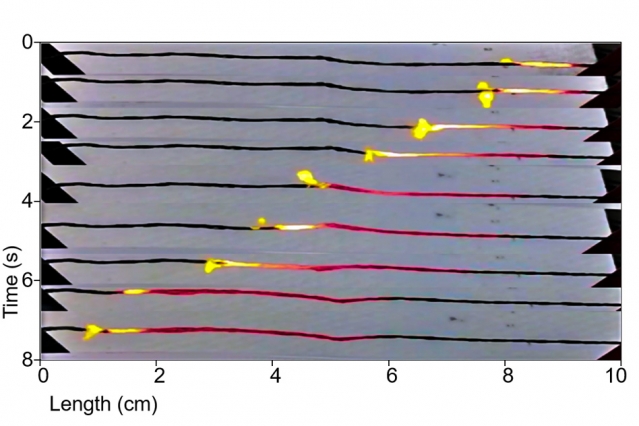
In what could be the most promising discovery yet in the field of green energy production, the researchers from MIT have uncovered a novel way of generating portable power from carbon nanotubes.
While traditionally the power used by modern-day gadgets are mostly obtained from toxic materials like lithium, the method that MIT researchers have managed to unearth is entirely non-toxic in nature.
Lithium-ion batteries are not only toxic, but these are non bio-degradable as well. That’s precisely the reason why the researchers were looking for a ‘greener’ alternative power source.
In the year 2010, scientists found that carbon nanotubes wrapped by any combustible material can discharge waves of electrons when exposed to heat. The MIT team has taken that idea into the next level. The main objective of the research was to improve the power yielding efficiency of carbon nanotubes so that the thermo-power waves can be utilized in powering small electrical appliances.

As things turned out, the secret to improved performance lies in the coating. Instead of using any explosive material as the coating substance, the MIT team wrapped the carbon nanotubes in a layer of sucrose. When these sucrose-coated carbon nanotubes are ignited by a high voltage spark at one end, it generated fast-moving thermal waves that can push electrons along the tube – creating a flow of current.
But most importantly, unlike the traditional batteries which gradually lose power, the new system can be used for an indefinite duration without the power diminishing even a bit. This virtually indefinite shelf-life could make it suitable for a diversified range of usages, including medical devices, nano telecommunication hubs and space transmission systems.
The development, however, is still in its early days and at the moment, the amount of electricity generated by this technique is just about sufficient to illuminate a LED light. So in all probability, it could take a while before we could make use of this nontoxic power in our day-to-day lives.
Study has been published in the journal Energy & Environmental Science.



